Facebook ads is a game where those who know how to target their audience win.
The reason is simple —better Facebook Ads targeting leads to higher conversion rates. And higher conversion rates lead to better ROAS (return on ad spend).
But how can you improve your Facebook ad targeting without losing a lot of money with testing?
This can be tricky. Because while targeting the right people can net you great return on investment, you can also lose all of your investment if you target the wrong people. You either hit or miss. So you need to be very accurate when it comes to determining who’s your target audience and who’s not.
Continue reading for 12 actionable tips that will help you accurately determine your ideal target audience and increase your return on ad spend with the help of hyper-targeted ads.
1. Use Facebook Audience Insights wisely
Facebook Audience Insights offers a ton of valuable data on your Facebook audience including demographics, interests and location. This information can help you create heavily targeted Facebook ad campaigns.
Here’s how to use it:
- Go to the Facebook Audience Insights dashboard and select an audience. You can choose between everyone on Facebook or your current followers.
- Choose a demographic that fits your target customers. You will be able to learn about their interests, location, job titles, language and so on.
- Find out what your target audience is consuming on Facebook. What Pages do they follow? What content categories are they most interested in?
- Using the control panel on the left side of the screen, play with the options and narrow down your audience until you’ve found a profitable niche you can sell to. Then, save your audience.
After you’ve saved your audience, click on the Create Ad button in the top right corner of the screen. This will take you to an ad creator, and all of the targeting details will already be filled in for you.
Learn more about this process in our Facebook Audience Insights guide.
2. Leverage Facebook Custom Audience strategies
Facebook Ads Manager allows you to submit your own audience in the form of email lists, phone numbers, landing page visitors and so on. This feature is called Facebook Custom Audiences.
Here, you can further personalize your targeting with custom audiences to put your ads in front of the right people. Leveraging Facebook Custom Audiences offers many conversion opportunities like:
- Sending upselling ads to your existing customers.
- Excluding existing customers from receiving ads targeted to new prospects.
- Targeting people who have already visited your website and giving them a second chance to engage with you (you need a Facebook pixel for this).
- Segmenting your target audience and testing different hyper-targeted ads.
Creating a custom audience is as simple as heading to the Audience section in Ads Manager, and clicking on Create a Custom Audience.
Available Custom Audience sources include:
- Customer list. This should include emails or phone numbers and names.
- Website. Use this option to retarget people who visited your website or a specific page within a period of time.
- App activity. You can create an audience consisting of users who perform specific activities in your app.
- Offline activity. This option allows you to target people who have interacted with your business in person.
- Facebook sources. Here, you can target users who interact with your business on Facebook and Instagram, e.g. watch your videos, or browse your product catalog or follow your Page.
With Facebook Custom Audiences alone, you can play around with different ad campaigns until you hit a sweet spot.
3. Create a lookalike audience to expand your reach
Once you create a Custom Audience, Facebook gives you the option to also target people who share a similar profile to your audience, a.k.a. lookalike audiences. This is called interest-based targeting.
This process is key to attracting new prospects to your business. Because if you target people who have the same interests, desires and problems as your best customers, there’s a high chance that they’ll eventually become customers too!
To create a lookalike audience, go to your Ads Manager menu and hit Audience.
You’ll find the option to create custom audiences, lookalike audiences, saved audiences and more. When you hit the lookalike audience button, this window will pop up.
Here, add your lookalike audience source — the existing audience or list you want your lookalike audience to resemble. This can be an email list, data from your website pixel, or even a Facebook or Instagram audience. You can also add a list of valuable customers, based on how many times they’ve bought from you. You can add multiple sources.
After this, select the desired location of your lookalike audience. Then, choose what percentage of the most similar people you want to target (the more the percentage, the broader the audience).
Finally, click Create Audience, and start targeting it with ads!
4. Leverage Facebook saved audiences
Facebook Ads Manager allows you to create as many audiences as you want, with the specifications you want.
Creating saved audiences lets you test your ads on many possible audiences to see what works best. With this information, you can optimize for maximum conversion rates.
The best way to leverage saved audiences is by getting granular with layered targeting.
On a surface level, Facebook allows you to segment your target audience by three main categories: demographics, interests and behaviors. But within each of these categories, you can narrow your audience down to the most granular levels.
For example, under demographics alone, Facebook would allow you to target pug owners with less than $40,000 income per year who’re about to get married and want to make the transition easier for their little dog.
As said before, Facebook ad targeting is a game that rewards those who can successfully hyper-personalize the user’s experience.
So if you’re selling affordable flea prevention products for golden retrievers, Facebook allows you to target just the right audience for it.
The process is to create many hyper-granular audiences to test with, understand your customers and optimize your future campaigns.
5. Check Facebook relevance metrics
Facebook considers how relevant an ad is to a person before delivering it, making relevancy a significant factor for your ads’ success.
But how can you measure the relevancy of your ads?
Facebook provides advertisers with a guide to diagnosing underperforming ads. It takes a look at the three metrics that are key for relevancy:
- Quality: The quality of your images and videos.
- Engagement: How your audience interacts with your ads.
- Conversion: How many people perform the action your ad calls for.
If your ads are not performing well, Facebook’s materials will understand how to improve them:
In short, if you want your ads to perform well, make sure that:
- Your ads include high-quality media (videos, images and audio) so they create a quality experience for your target audience.
- Your ads are properly targeted to the right niche who are more likely to engage with it.
- Your ad copy is actionable and includes a clear call to action, encouraging users to click through to your website.
6. Tap into recent purchasing behaviors
The best way to hyper-target an audience to maximize conversion rate is to segment that audience based on purchasing behaviors.
While creating an audience in your Facebook Ads Manager, go to the behavior category and narrow down your audience based on their last purchase. Then, identify users who have recently purchased a product or service similar to what you’re currently advertising.
For example, if you rent or sell furniture for events (like weddings), you could target people who recently bought an engagement ring.
Conversely, if you sell makeup, target people who buy makeup frequently and try to expand your market. And so on.
When you do this, you’re doing people a favor for putting the right products in front of them — it’s a win-win situation.
7. Find your unicorn content
On most blogs and websites, it’s usually 2 to 5 articles driving 90% of the traffic.
So if you have a well-established blog, use those top-performing blogs as ideas for your Facebook ad campaigns.
Let’s say one of those blogs is a pillar article like “The Ultimate Guide to Producing Music at Home.” You can take this content and repurpose it into successful, engaging ads.
You can repurpose your content into:
- Infographics
- A video sales letter
- A free video course
- An e-book
- Different angles for your ad
When you create many audiences, you need as many ad ideas to test. Repurposing your high-performing content will help you fill that gap quickly without much thought.
The possibilities are almost endless. Test your repurposed content on many formats until you find something that works.
8. Try combining two unique audiences together
When you feel that your audiences are too broad and don’t know how to narrow them further, try combining them.
Let’s say you are targeting fitness women in your country, and you feel that’s too broad. You can combine them with an audience of women in your country who, for example, like Grey’s Anatomy.
In reality, you would want to make a correlation that makes sense. But in this example, you’d be able to make a Grey’s Anatomy reference in your ad and target this ad only to fitness women who watch Grey’s Anatomy.
What this will accomplish is adding an extra layer of engaging personalization, and make it harder for your audience to ignore your ad. Remember that people these days are getting more and more ad-blind, so it is essential to catch their attention on the instant with a theme they’re interested in.
9. Retarget visitors with the Facebook pixel
With Facebook pixel, you can create custom audiences of people who have already visited your website.
Facebook Pixel is a powerful tool you can use for retargeting campaigns, where your ads are shown to people who have already interacted with your brand.
However, retargeting every person who visited your website is quite broad and kind of a stretch. So you’d need to narrow it down a little bit more.
First, retarget people who visited one of your landing pages without completing a purchase. The reason behind this is to target people who have shown interest in your products, and who are in the consideration stage of the sales funnel.
For this, you need to set up your pixel on your website. Then, you want to go to the Events Manager page to create a custom audience based on people who visited a specific page.
Another use case for businesses with great blogs is to retarget people who engaged with one of your articles or read 2 to 3 articles.
The reason behind this is to get in front of people that have shown interest in your brand—offering more value to them with either a low-cost product or a free resource (ebook, course, discount code).
For this, you must create a custom audience based on people who visited a URL that contains “blog” multiple times and if they commented or shared a post.
For more information on how to get this set up and running, check out our 2021 guide to the Facebook pixel.
10. Get innovative with life events targeting
When creating an audience on Facebook ads, you can see a Life Events parameter under demographics.
This parameter allows you to target people going through a specific live event, like a new job, a new relationship, a new car and so on.
This option is an excellent fit if you’re selling seasonal or high ticket products that people tend to buy once in a year or even a lifetime — for example, baby strollers. So you can target the people who are actively looking for that product, like soon-to-be parents.
Here’s an example of how to put this into practice. Targeting the ad below towards people whose anniversary is coming up would be a great fit.
11. Focus on a good cause
Facebook ads can be used for more than just selling products and growing a business. Ad targeting also works for nonprofit organizations.
When browsing through your audience’s interests and behaviors, you’ll find a “charitable donations” section that will allow you to target people who have donated or are interested in contributing to a specific cause.
This targeting is helpful to expand a nonprofit’s brand awareness and grow more supporters around the world.
Suppose you run a nonprofit organization that’s trying to avoid the extinction of pandas. For best results, target your ads to people interested in environmental and wildlife causes.
Or if your business has a partnership with a nonprofit, and you commit to sending a percentage of your revenue to their cause, you can promote exclusive offers to incentivize people to support you.
12. Try ad targeting for different devices
Whether you sell an app or any product related to phones, you can target users of specific devices, down to brands and operating systems.
Let’s say your app is only supported on phones with Android 10 and beyond. Then you’d want to select people who use Facebook on Android, on devices that have that version of the OS.
This Facebook ad targeting option is not just for brands selling technology, e.g. mobile apps or computer software. If you sell something as simple as iPhone cases and chargers, you can also make use of this option.
Targeting your ads to mobile users also means they’re going to watch your ad on their phones, so don’t forget to optimize your campaign to be mobile-friendly! Our guide to mobile advertising will help you do that.
Hyper-targeting Facebook ads for the win
Facebook ads are an excellent tool to increase your ROAS instantly.
But you need to know how to target people in the most granular way to increase your conversion rates and reduce your CPC.
The tips and strategies discussed are just the tip of the iceberg. You need to get creative, do your own research, and keep iterating until you become a Facebook ad targeting expert.
However, following these best practices will give you a higher chance to understand how to play the game. Avoid falling into analysis paralysis, and go for your next Facebook ad campaign!
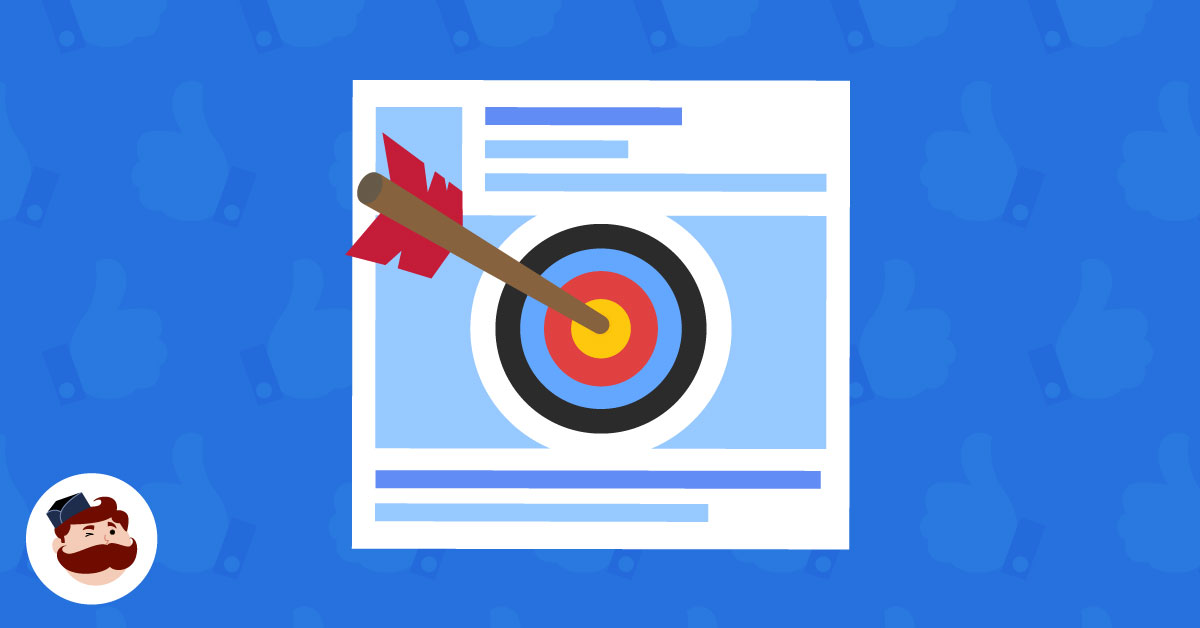
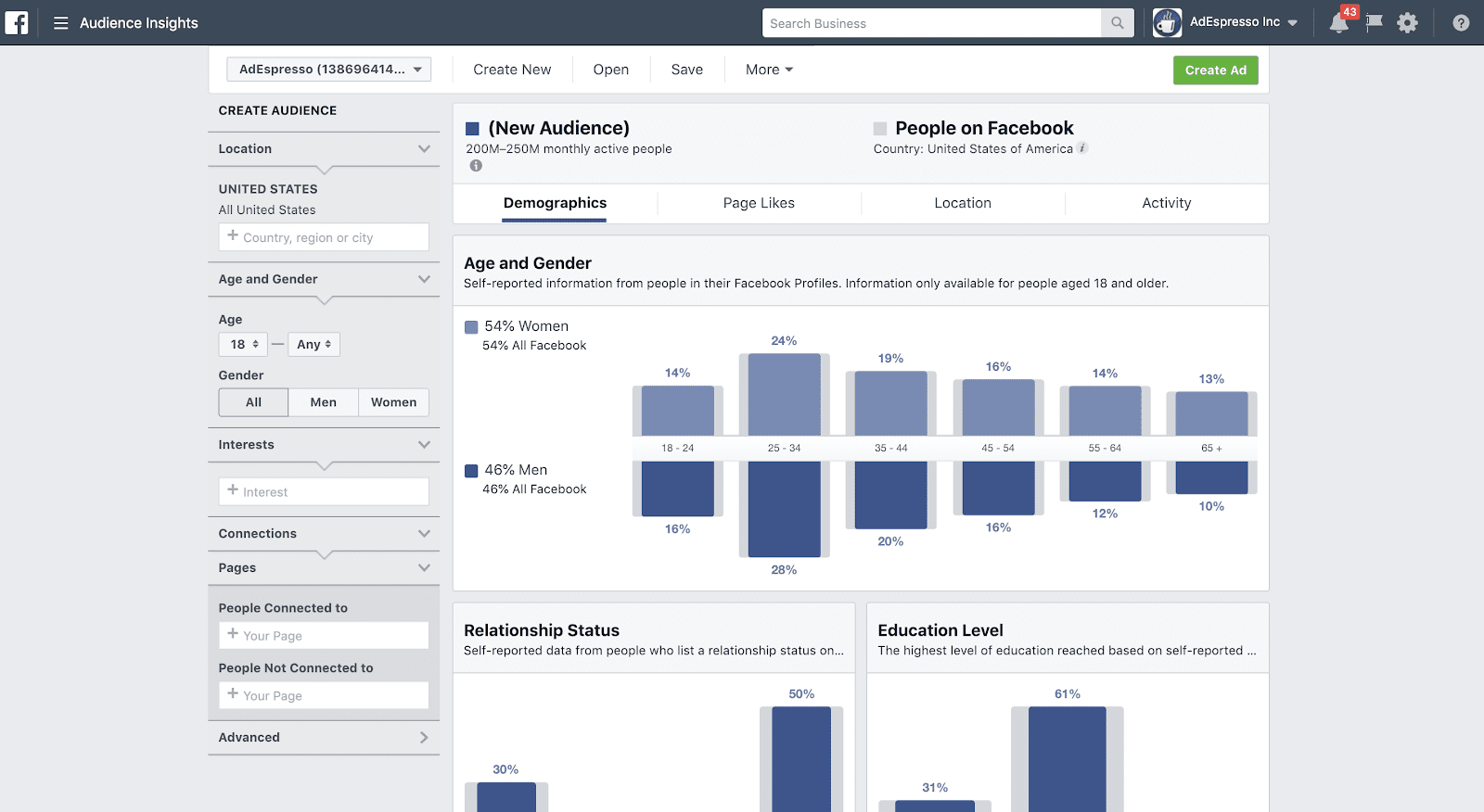

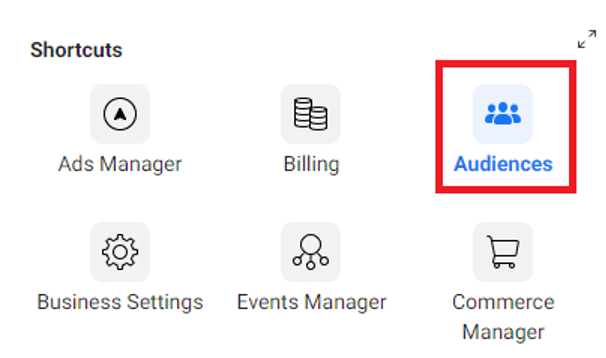
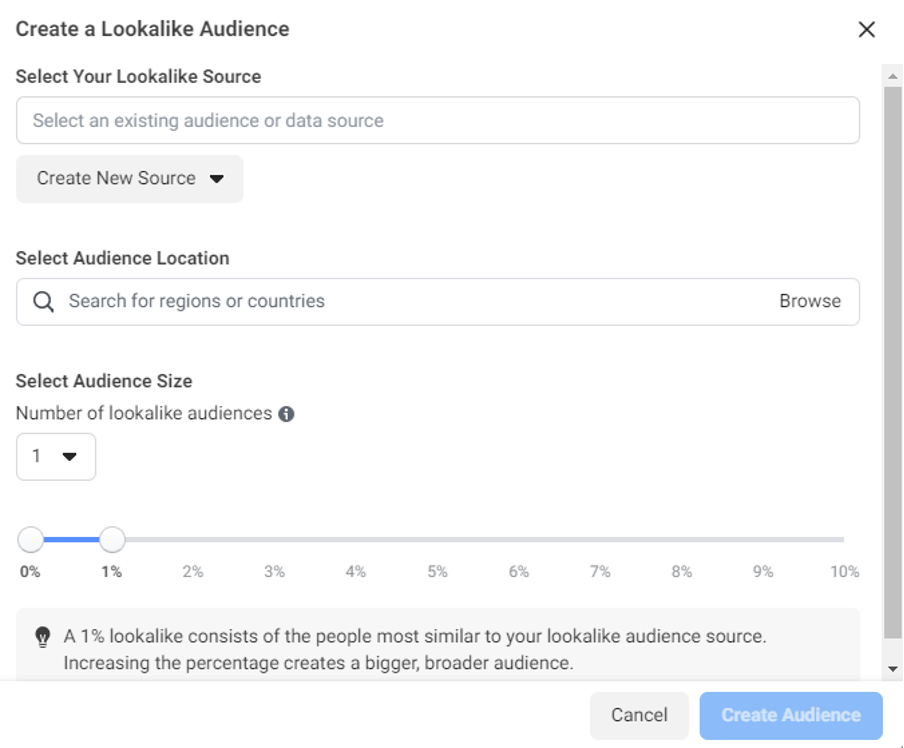

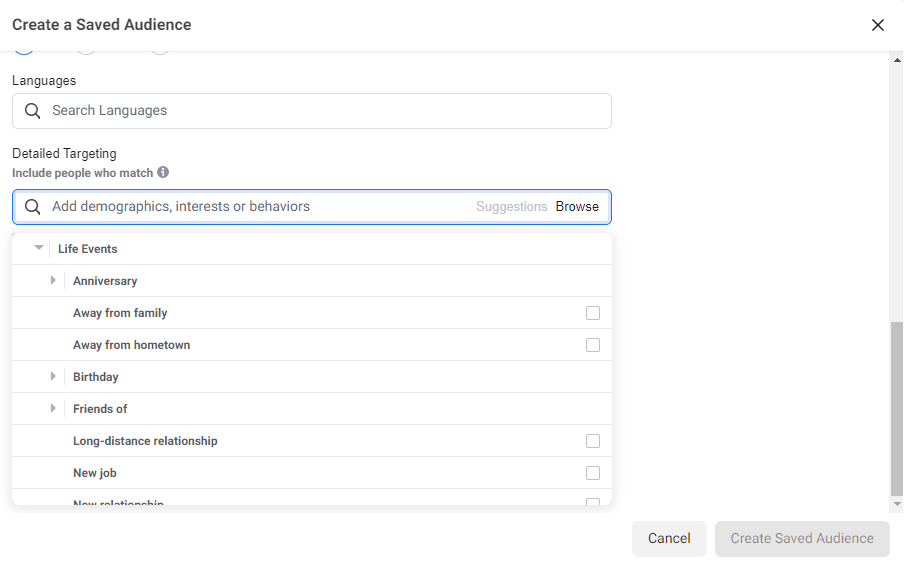


Since Facebook Audience Insights is going away soon, what do you suggest we use? And in #2, what about with the new iOS changes? Won’t that affect how often the FB Pixel is firing and limit audience sizes? I would like to see some more timely ideas.
http://virtuelcampus.univ-msila.dz/facdroitsp/?p=13602
Thank you very much.